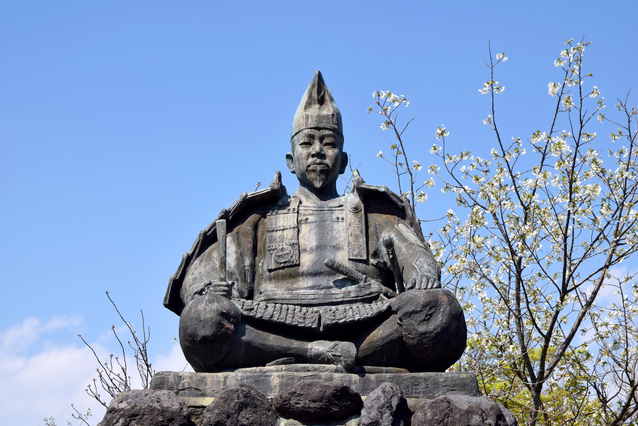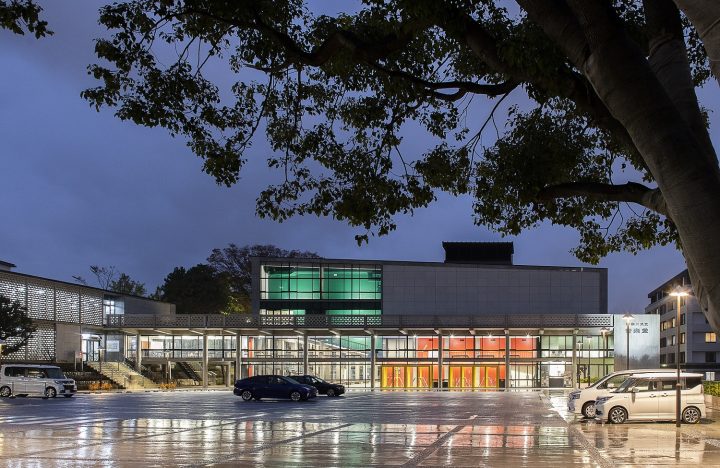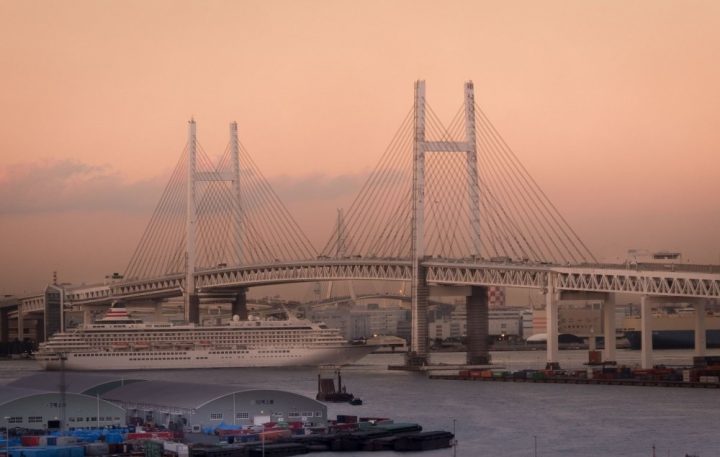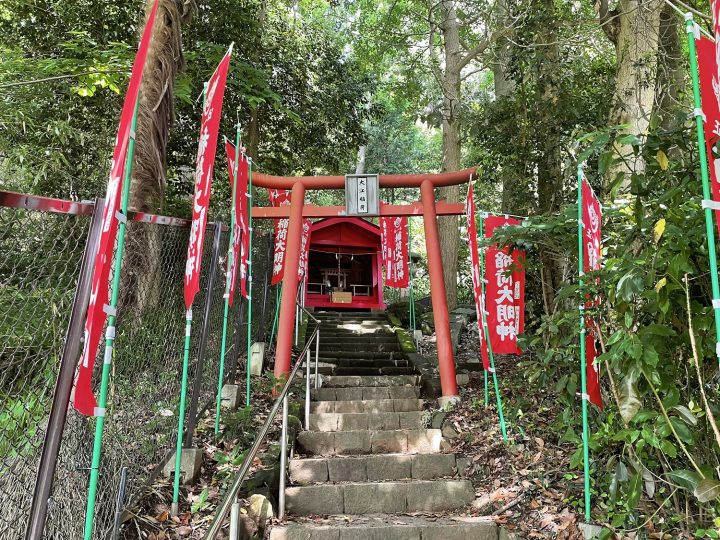Visiting places associated with the Kamakura Shogunate - Hojo Yoshitoki
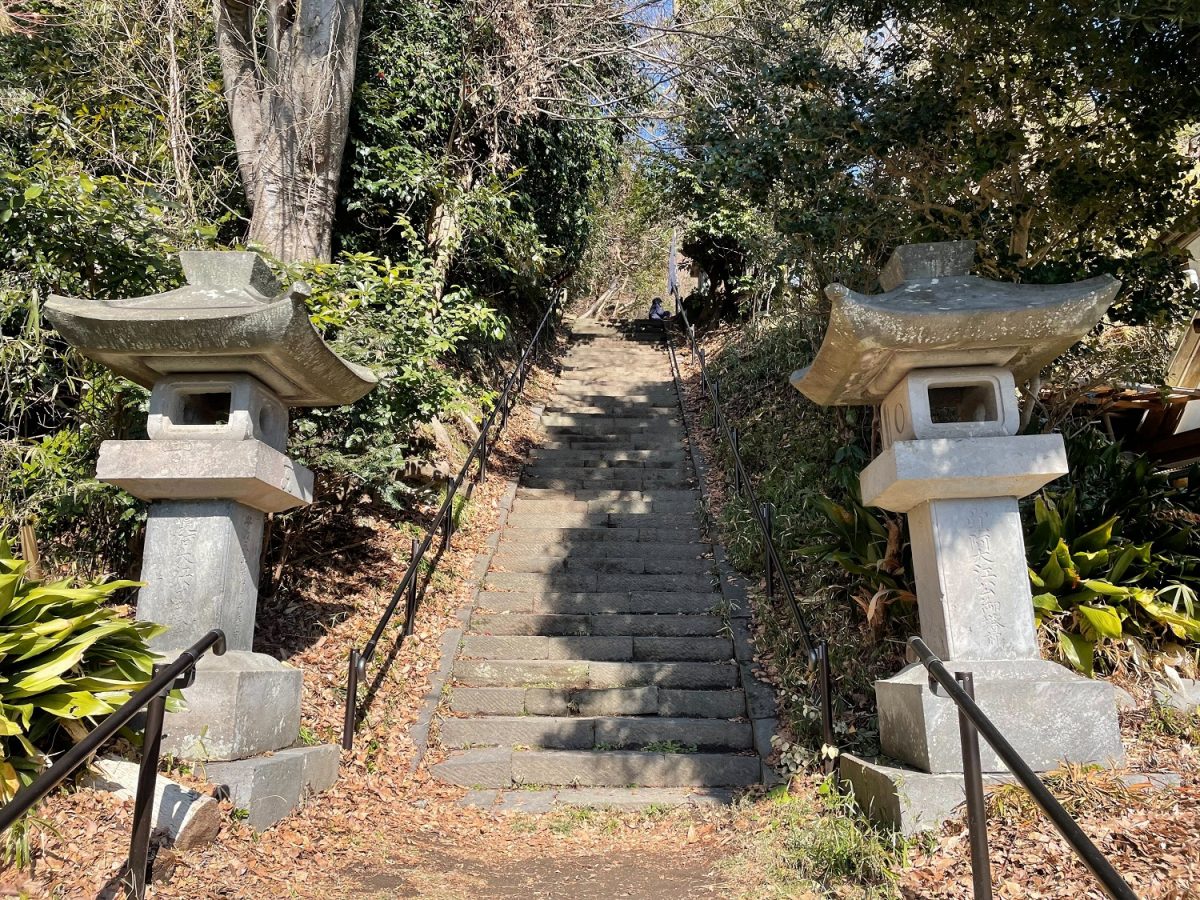
It's been about two months since the NHK historical drama "The 13 Lords of the Kamakura" began airing. The impression I get of the protagonist, Hojo Yoshitoki, at this point is that he is youthful and dedicated to everything he does. I'm excited to see how he will go through various twists and turns to become the second regent of the Kamakura Shogunate.
This time, we will introduce places associated with the main character, Hojo Yoshitoki.
Spot 1: Hojo Yoshitoki Hokke-do Remains (Tomb of Hojo Yoshitoki)
It is located about a 20-minute walk from Kamakura Station, northeast of Tsurugaoka Hachimangu Shrine.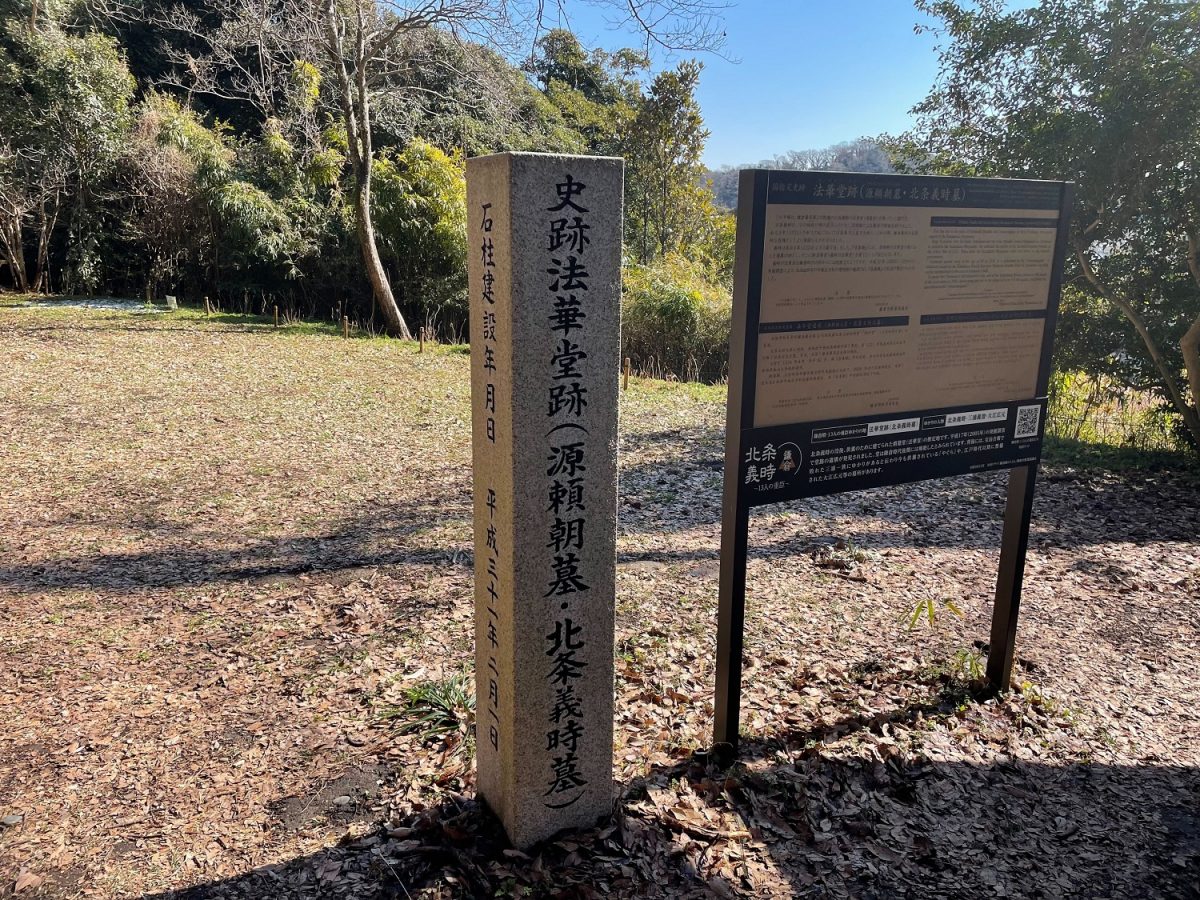
After climbing several dozen stone steps, there is a small open space. This is said to be the site of Hojo Yoshitoki's Hokkedo Hall. Currently, only the boundary line remains, and no buildings have been erected.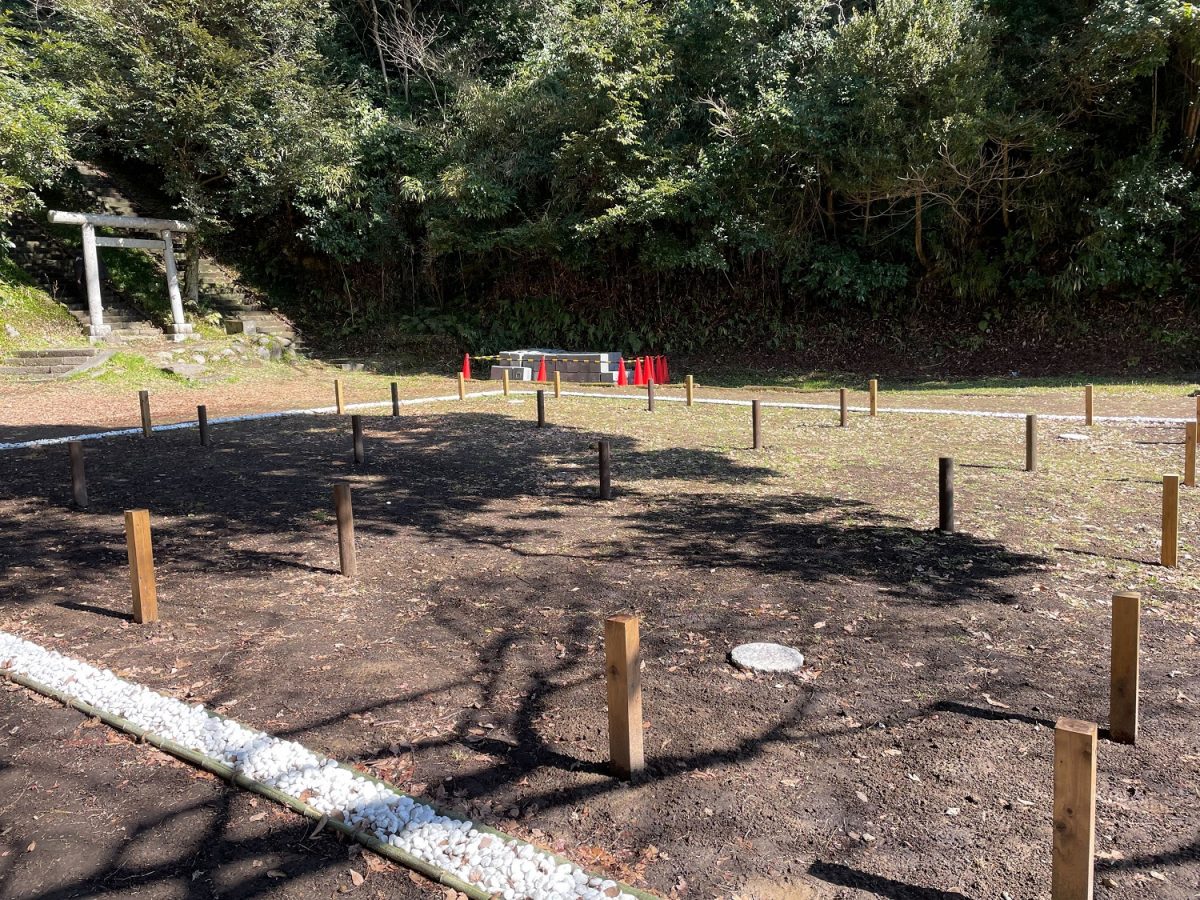
However, if you download the app on your smartphone, you can see the buildings from that time in AR. *Downloading the dedicated app is required.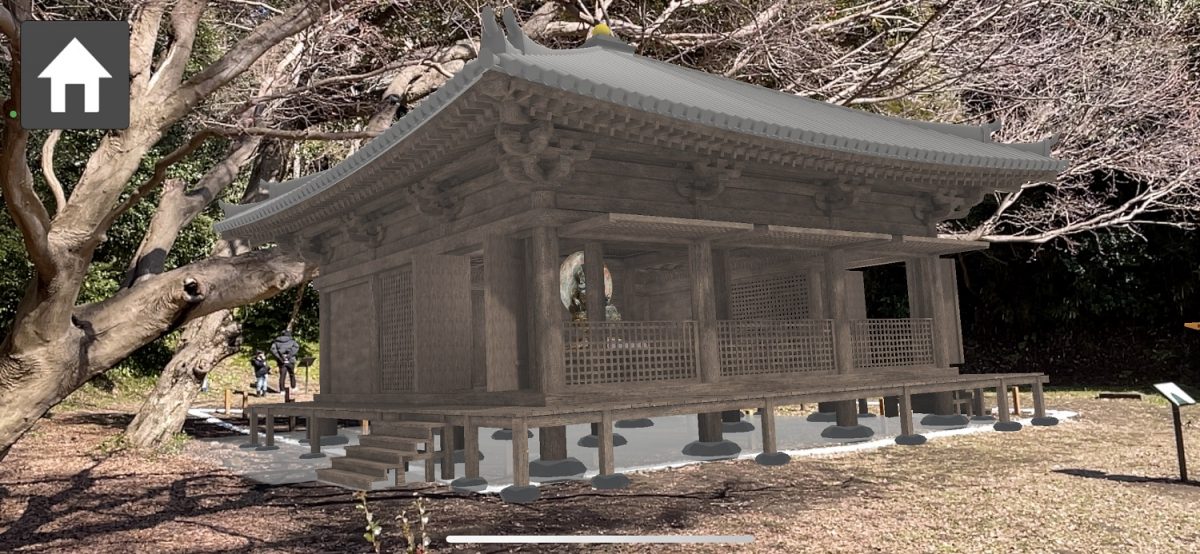
Nearby are the graves of Minamoto no Yoritomo and Oe no Hiromoto, which gives us an idea that Hojo Yoshitoki was considered one of the most powerful people at the time.
📍2-5 Nishimikado, Kamakura City, Kanagawa Prefecture
Spot 2: Hokaiji Temple
It is about a 15-minute walk from Kamakura Station, at the end of Yokooji Street in front of Tsurugaoka Hachimangu Shrine.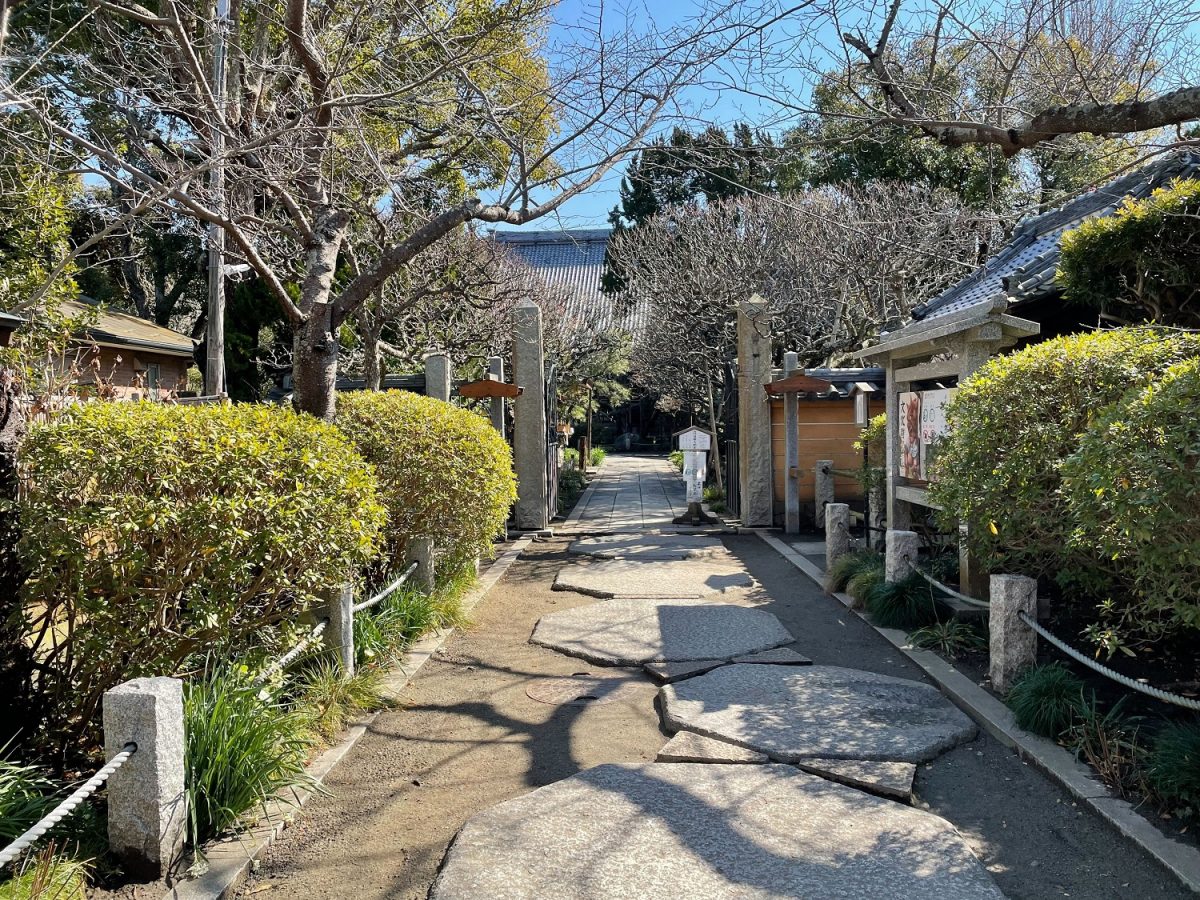
It was built in 1335 on the site of the former residence of successive Hojo regents, known as the Komachi residence. It is said that Emperor Godaigo ordered Ashikaga Takauji to build it as a memorial for the Hojo clan.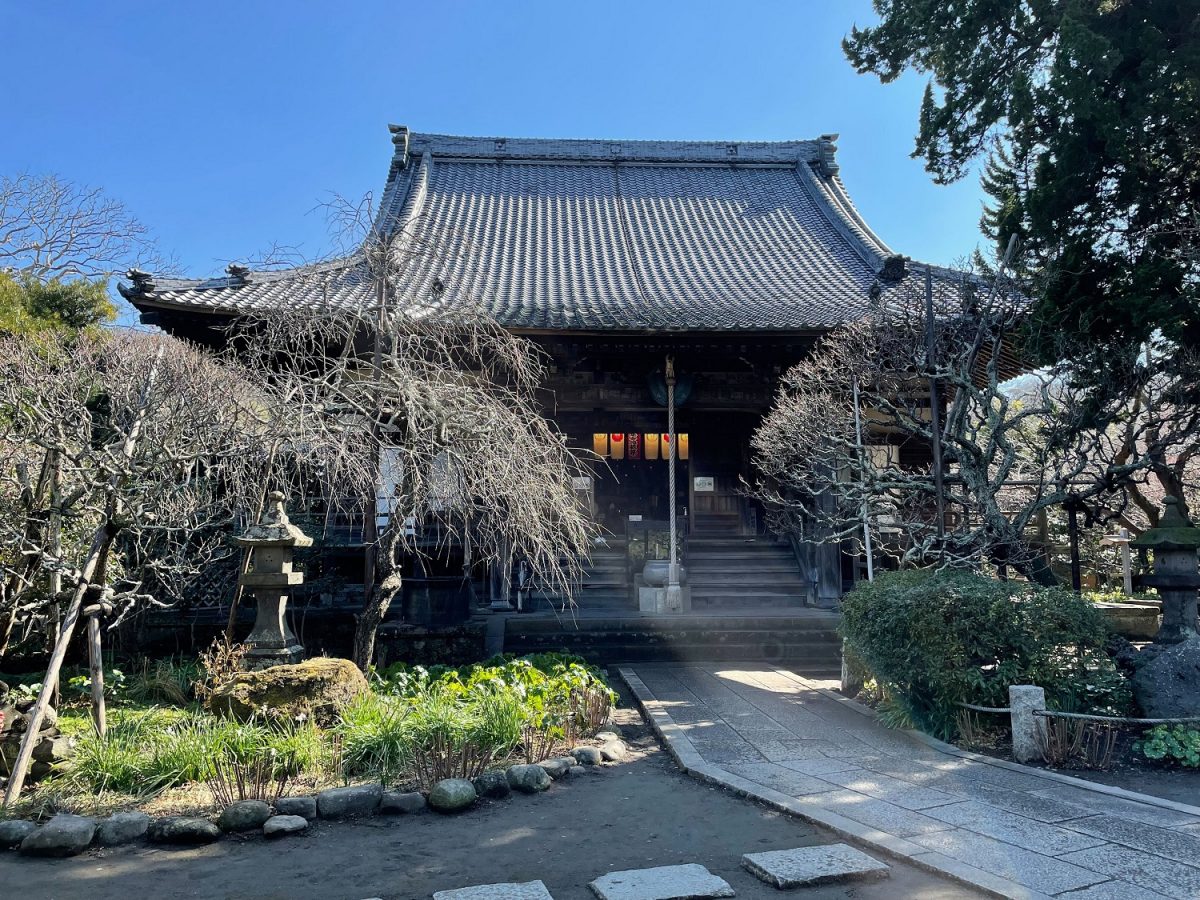
Even general visitors can enter the main hall (fee: 300 yen for adults, 200 yen for junior high school students, 100 yen for children) and view the principal image of the temple, the Jizo Bodhisattva reading the Kodokukyo Sutra. Hokaiji Temple is also known as the "Temple of Hagi," and the temple grounds are decorated with cherry blossoms in the spring, hagi in the fall, and other beautiful flowers throughout the seasons.
📍3-5-22 Komachi, Kamakura City, Kanagawa Prefecture
Spot 3: Gokurakuji Temple
Take the Enoden line from Kamakura Station and walk for 2 minutes from Gokurakuji Station, the fourth station.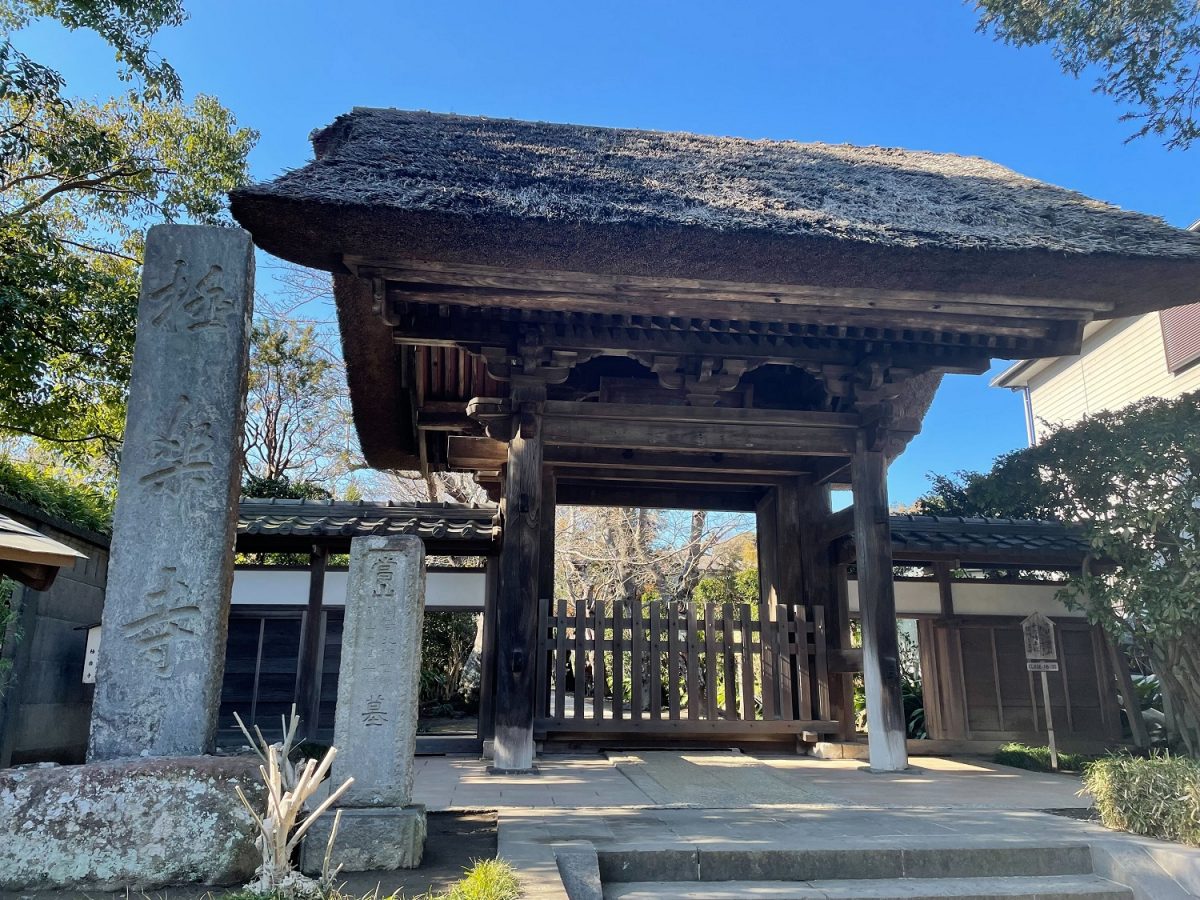
It is said to have been built by Hojo Shigetoki, the third son of Hojo Yoshitoki. Shigetoki died before the temple was completed, but his sons Hojo Nagatoki and Hojo Naritoki developed the temple complex in his place, and in its heyday it was a large temple with 49 sub-temples. However, it was destroyed by fire and earthquakes, and now only the mountain gate and main hall remain.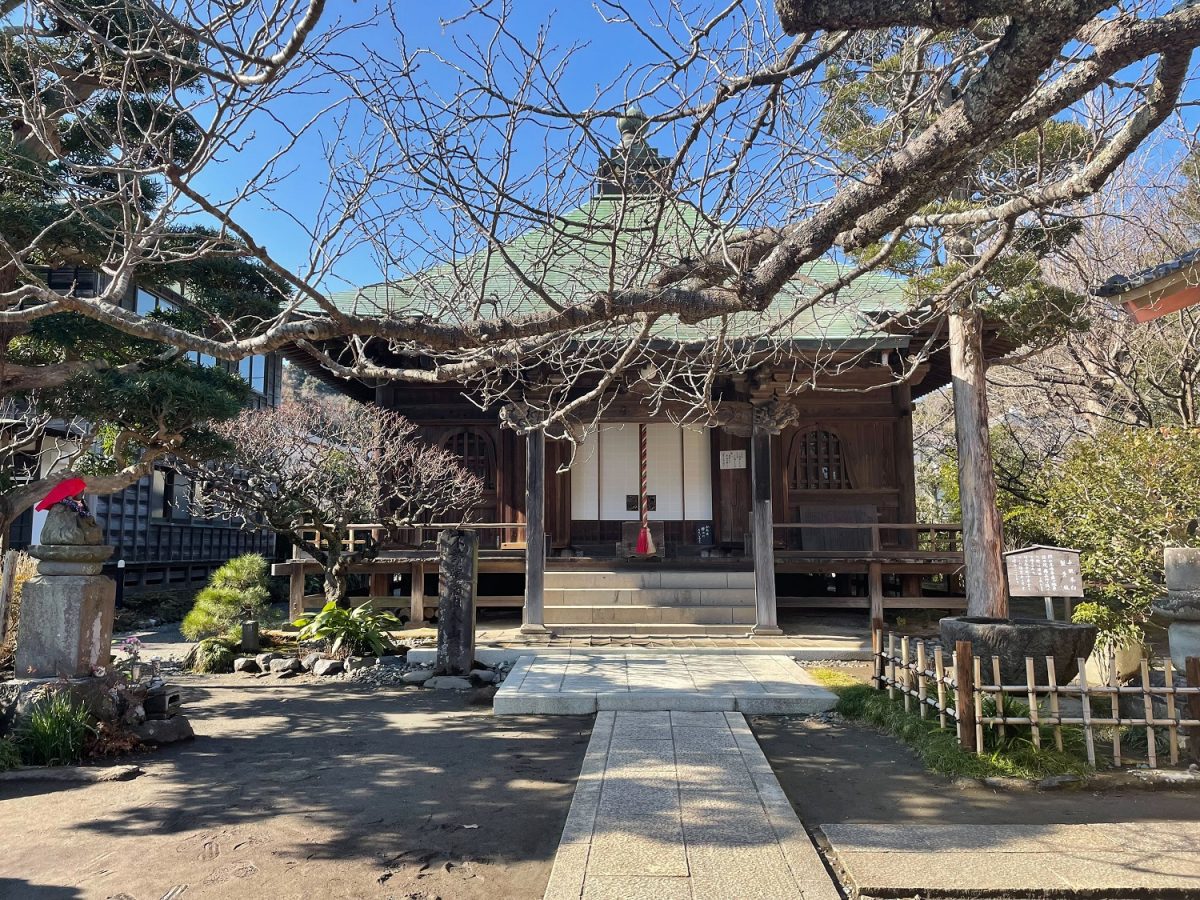
After passing through the thatched mountain gate, visitors are greeted by Somei Yoshino cherry trees along the approach to the main hall, and in front of the main hall there is a very rare cherry tree called the "Yae Ichie Sakiwake Sakura", in which double and single cherry blossoms bloom on the same branch, which was hand-planted by Hojo Tokimune.
📍3-6-7 Gokurakuji, Kamakura City, Kanagawa Prefecture
Spot 4: Futamatagawa and Tsurugamine Battlefield
About 10 minutes walk from Tsurugamine Station on the Sotetsu Line.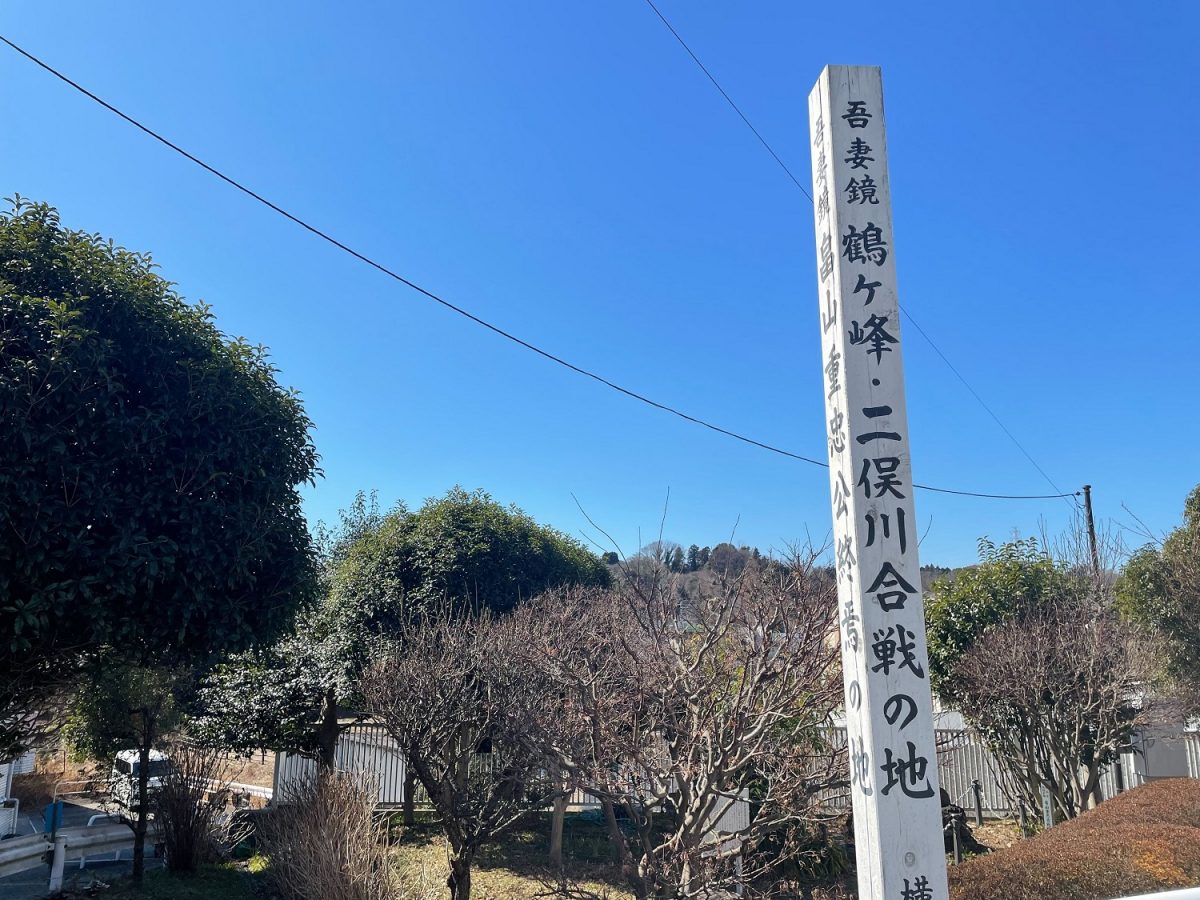
The Futamatagawa-Tsurugamine Battlefield is the site of a battle between the army of Hatakeyama Shigetada, a powerful vassal of Musashi Province (present-day Saitama Prefecture, Tokyo, and eastern Kanagawa Prefecture) who was highly trusted by Minamoto no Yoritomo, and the Kamakura army led by Hojo Yoshitoki. It is said that this battle was the result of a plot by Hojo Yoshitoki's father, Tokimasa, who wanted to strengthen his control over Musashi Province, and that Hojo Yoshitoki opposed the battle until the very end. However, he eventually led a large army and defeated Hatakeyama Shigetada. Currently, only a monument stands there, but there are several other historical sites nearby, including the well where Hatakeyama Shigetada washed his head and his grave.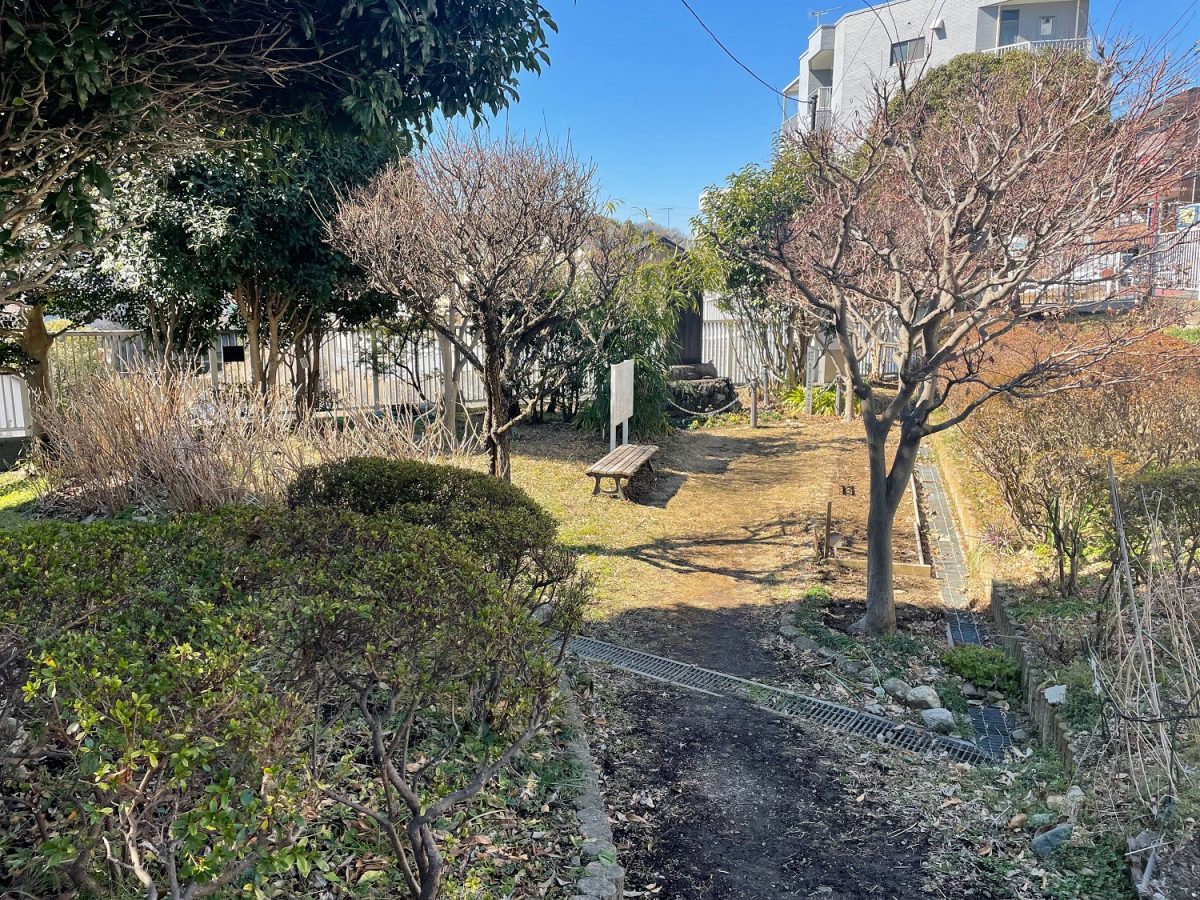
In the early Kamakura period after the death of Minamoto no Yoritomo, many power struggles broke out among the powerful vassals. This battle was one of the symbolic events of those power struggles, and after that, the Hojo clan gained even more power.
📍1-1 Tsurugamine Honmachi, Asahi Ward, Yokohama City, Kanagawa Prefecture
There are many places related to Hojo Yoshitoki, but we have introduced four particularly memorable spots. There are places where you can still feel the atmosphere of those times, and places where only vestiges remain, but if you visit the historical sites while thinking about the people of that time, you may make new discoveries.
Please look forward to the next installment of "Places associated with the Kamakura Shogun."
*Please note that there are various theories regarding the contents of this column.
Check out past articles
To visit places related to the Kamakura Shogun, click here
